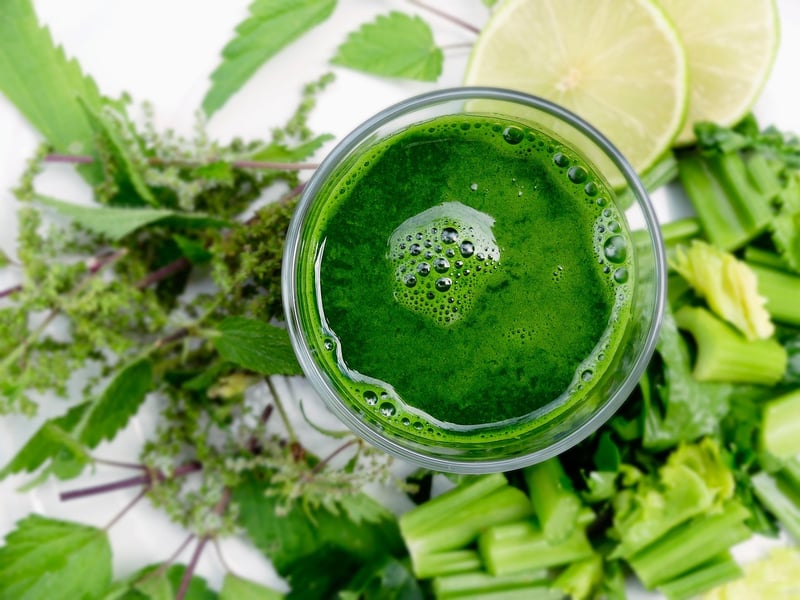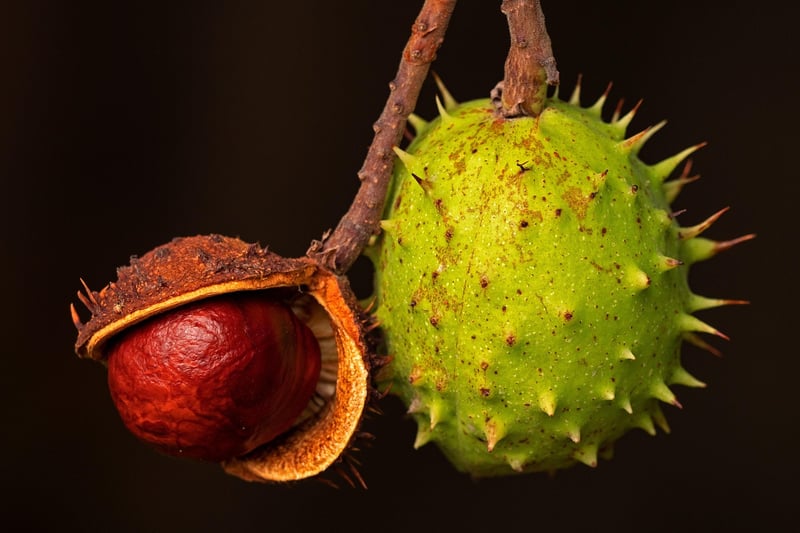Preservation Techniques
Maximizing Yields and Preservation Techniques
Whether you are a seasoned gardener, a novice cook, or someone who simply wants to make the most of your grocery budget, maximizing yields and preserving your produce can be incredibly beneficial. Not only does it help reduce waste, but it also ensures that you have fresh, flavorful ingredients at your disposal whenever you need them. Let's explore some tips and techniques to help you get the most out of your fruits and vegetables.
1. Choose the Right Plants
When planning your garden, opt for high-yield varieties of fruits and vegetables. Some plants, like cherry tomatoes, zucchini, and green beans, are known for their prolific production, allowing you to enjoy a bountiful harvest throughout the season.
2. Practice Succession Planting
Succession planting involves sowing seeds or planting seedlings at regular intervals to ensure a continuous supply of fresh produce. By staggering your plantings, you can extend your harvest and avoid being overwhelmed by a single large crop.
3. Implement Proper Storage Techniques
Storing fruits and vegetables correctly can help extend their shelf life. Some produce, like root vegetables, apples, and citrus fruits, do well in cool, dark places, while others, such as tomatoes and peppers, should be stored at room temperature to maintain their flavor and texture.
4. Try Canning and Pickling
Canning and pickling are excellent ways to preserve your harvest for later use. Whether you're making homemade jams, pickles, or sauces, these techniques can help you enjoy your homegrown produce year-round.
5. Freeze Excess Produce
Freezing is a simple and effective method of preserving fruits and vegetables. Blanching vegetables before freezing helps retain their color and nutrients, while fruits can be frozen as-is or in the form of purees for smoothies and desserts.
6. Dehydrate for Long-Term Storage
Dehydrating fruits, vegetables, and herbs is a great way to create shelf-stable snacks and seasonings. Invest in a food dehydrator or use your oven on low heat to remove moisture from produce, preserving their flavor and nutrients for an extended period.
7. Make Use of Root Cellars
If you have access to a root cellar or a cool, dark basement, consider storing root vegetables, squash, and apples there. These storage spaces provide ideal conditions for preserving produce without the need for refrigeration.
Conclusion
By following these tips and techniques for maximizing yields and preserving your produce, you can enjoy the fruits of your labor long after the harvest season has ended. Experiment with different preservation methods to find what works best for you and savor the flavors of your homegrown or locally sourced ingredients year-round.


